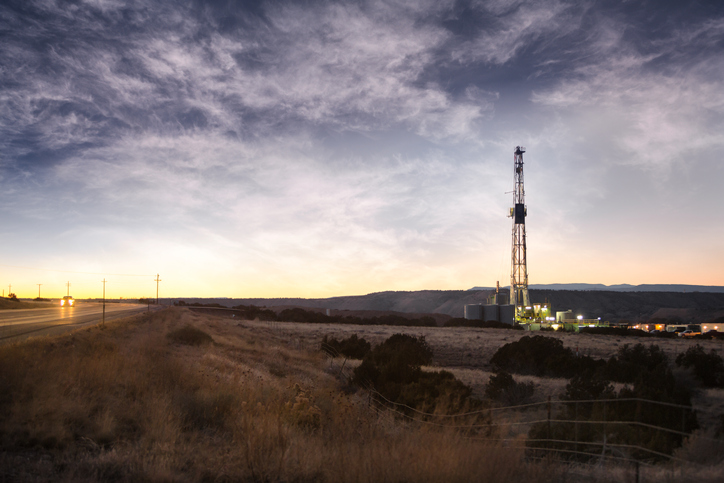
Texas shattered a 45-year-old drilling record last year, thanks in large part to the fracking powerhouse known as the Permian Basin.
According to a new report, the Lone Star State’s oil wells pumped 1.54 billion barrels (bbls) in 2018, 277 million more than the previous year and well-above the 1.28 billion bbl record set in 1973.
Natural gas production rose as well, from 8 trillion cubic feet (Tcf) in 2017, to 8.8 Tcf last year.
Inexperienced Oilfield Workers Flood Permian Basin
The Texas oil and gas industry supported 352,371 direct jobs last year, 26,706 more compared to 2017. Those jobs pay an average annual wage of $130,706.00 – more than double the state’s average private-sector salaries.
Unfortunately, the high wages reflect a severe labor shortage that threatens to hold back production the Permian Basin.
“It’s a huge concern for 2019,” Suisse Group AG analyst James Wicklund told Bloomberg News last year. “It’s frankly today a bigger concern than oil prices, because oil prices are fine where they are. The availability of labor is not.”
High salaries have attracted thousands to the west Texas oilfields. More often than not, however, these new workers are inexperienced, poorly trained, and too fatigued to safely perform their jobs.
Oilfield Deaths Spiked During the Last Big Texas Boom
Between 2007 and 2012, during the last big boom, 663 oil and gas workers died on the job nationwide.
According to The Houston Chronicle, nearly 40% of those deaths occurred in Texas. The state’s fatality rate peaked at 65 in 2012, representing a 10-year high and an increase of 60% over the previous year.
“During times of high demand like now, there are new workers brought into this industry, and these are workers that may not have relevant training and experience,” the Centers for Disease Control’s Ryan Hill told NPR at the time. “They didn’t grow up around the industry, especially in some of the newer oil fields.”
“Workers in this industry typically work 12- to 14-hour shifts for a week or two consecutively,” he continued. “The type of work that workers do often requires performing repetitive and physical labor.”
Fatal Oil Truck Crashes Already Rising in the Permian Basin
By the time energy prices collapsed in 2014, oil truck crashes and other motor vehicle accidents were the leading cause of death in the oil and gas industry.
As Permian Basin drilling ramped up once more, 93 people across west Texas died in 18-wheeler crashes and other commercial trucking accidents during 2017, an increase of 43% since 2013. By April 2018, truck accident deaths had already risen by 17% compared to the prior year.
A significant portion of fatal crashes occurred along Route 285. Known by locals as “Death Highway,’ 285 serves as the main thoroughfare for oil trucks transporting supplies and equipment to and from Permian Basin drill sites.
Like other oilfield workers, many of the drivers hauling these loads are inexperienced and working long hours without adequate rest. To make matters worse, they’re driving poorly-maintained trucks along narrow roads that aren’t designed to carry heavy traffic.
“Some of them are speeding, some of them are too tired to be driving, but they’re making money,” Midland County Sheriff Gary Painter recently told Bloomberg News. “Some of these guys are just trying to make as much money as they can.”
Contact Our Permian Basin Oilfield Accident Lawyers for a Free Consult by Calling 1-888-603-3636 or Click Here
Our Undefeated Oilfield Accident Lawyers have won over $1 billion and successfully represented hundreds of people throughout Texas and across the Permian Basin following catastrophic drilling rig accidents, pipeline explosions, and oil truck crashes.
Call 1-888-603-3636 or Click Here to send us a confidential email via our “Contact Us” form.
All consultations are free and, because we only represent clients for a contingency fee, you’ll pay nothing unless we win your case.